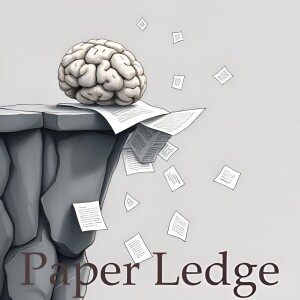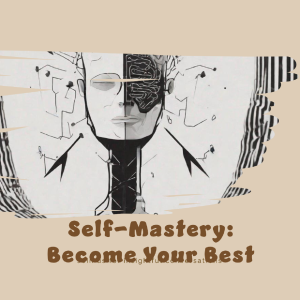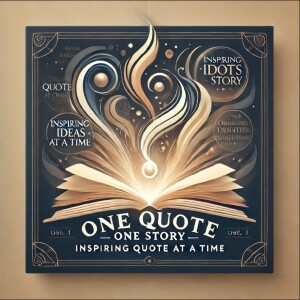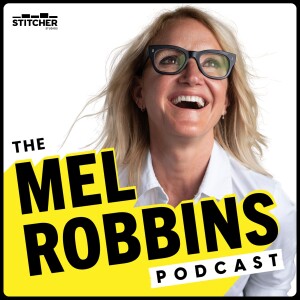

Quantum Physics - Quantum Simulation of Random Unitaries from Clebsch-Gordan Transforms
Hey PaperLedge crew, Ernis here, ready to dive into another fascinating paper! This time, we're tackling some seriously cool quantum stuff, but don't let that scare you. We're going to break it down, promise!
Imagine you have a deck of magical cards. Each card represents a quantum operation – a way to transform information at the tiniest level. Now, imagine you want to run the same quantum operation multiple times, say 't' times. That's what this paper is about – finding an efficient way to simulate what happens when you apply 't' copies of a special kind of random quantum operation.
This special operation is called a "Haar random unitary." Think of it as shuffling your quantum cards in a completely unpredictable, yet mathematically precise, way. It's the ultimate randomizer in the quantum world!
Now, doing this "t" times might seem straightforward, but it gets tricky fast. This paper provides a clever method to simulate the effect of doing this, without actually needing to perform each individual operation. They've built a kind of "quantum shortcut."
So, how do they do it? Well, they use something called "Clebsch-Gordan transforms". Don't worry about the name! Think of it like this: when you combine ingredients in cooking, certain combinations create specific flavors. Clebsch-Gordan transforms are like the recipe book for how quantum ingredients combine in specific ways to produce desired outcomes. They're the key to efficiently simulating these repeated random quantum operations.
The authors are essentially giving us a generalized version of a trick called "Zhandry's compressed function oracle technique." Imagine Zhandry's trick is like having a super-compressed file of information. This paper builds on that idea and expands it to work for a much broader range of quantum operations.
Here's the really cool part: This method is not only conceptually simple and exact, but it's also efficient, especially when dealing with the "unitary group." This essentially means that when we're working with operations that preserve the total amount of quantum information (think of energy conservation), their method really shines.
But wait, there's more! The authors created a special tool they call an "oracle." In the quantum world, an oracle is like a black box that performs a specific task. This oracle can answer "forward" queries – meaning you give it some input and it gives you the corresponding output after applying the 't' Haar random unitaries.
The best part? This oracle is super versatile. They show how you can easily modify it to answer questions about the conjugate, transpose, and inverse of the operation. It's like having a Swiss Army knife for quantum operations! This unifies all four query types, which is a big deal!
Why does this matter?
- For Quantum Algorithm Designers: This gives you a powerful tool to design and analyze new quantum algorithms. Need to simulate a bunch of random operations? This paper's got you covered.
- For Cryptographers: Quantum cryptography relies on the properties of these random operations. This research could help us understand and improve the security of quantum cryptographic systems.
- For the Curious Minds: It deepens our understanding of how quantum information behaves and how we can manipulate it.
So, here are a few things that are bouncing around in my brain after reading this:
- Given that this method is efficient for unitary groups, what are the current limitations or challenges in extending it to other types of quantum operations?
- Could this "quantum shortcut" technique potentially be used to speed up existing quantum simulations in other fields, like materials science or drug discovery?
- This paper mentions unifying the four query types. Why is that such a significant advancement in the field?
What do you all think? Hit me up on the PaperLedge Discord and let's unpack this further. Until next time, keep those quantum minds buzzing!
Credit to Paper authors: Dmitry Grinko, Satoshi Yoshida
More Episodes
All Episodes>>Create Your Podcast In Minutes
- Full-featured podcast site
- Unlimited storage and bandwidth
- Comprehensive podcast stats
- Distribute to Apple Podcasts, Spotify, and more
- Make money with your podcast












